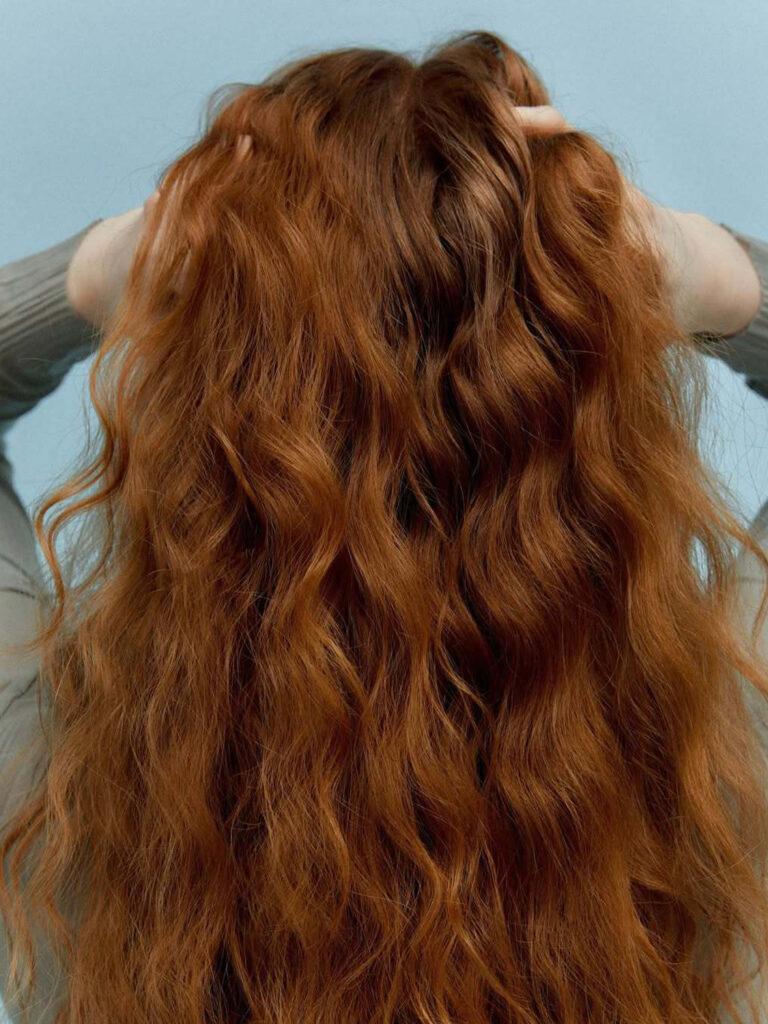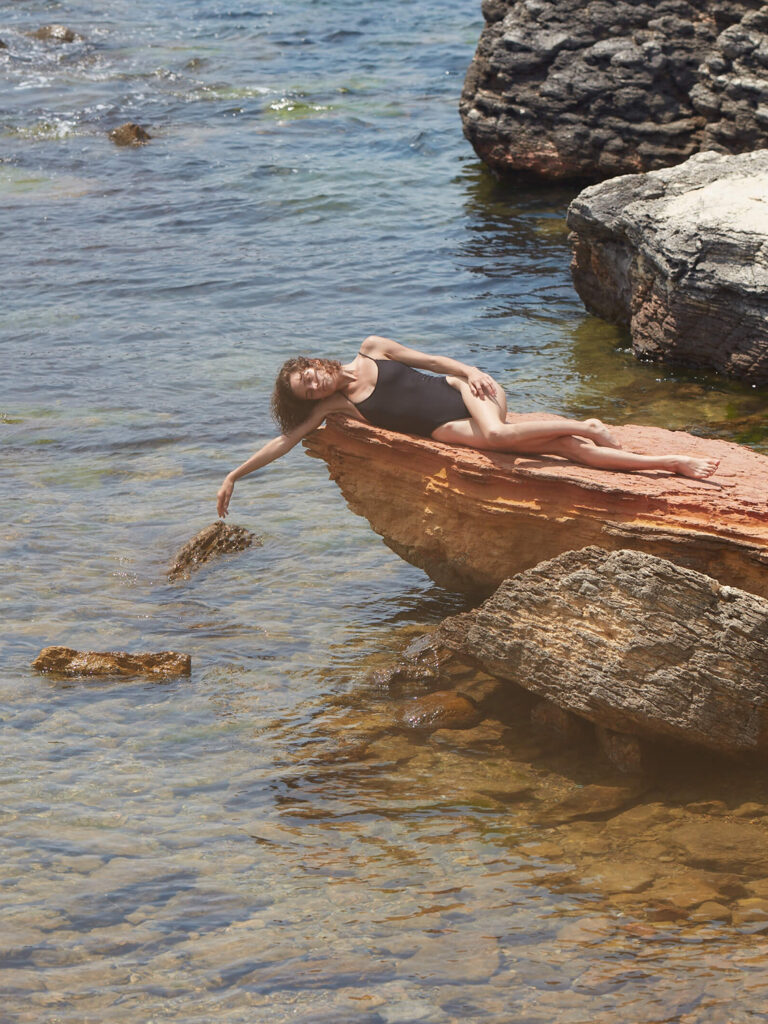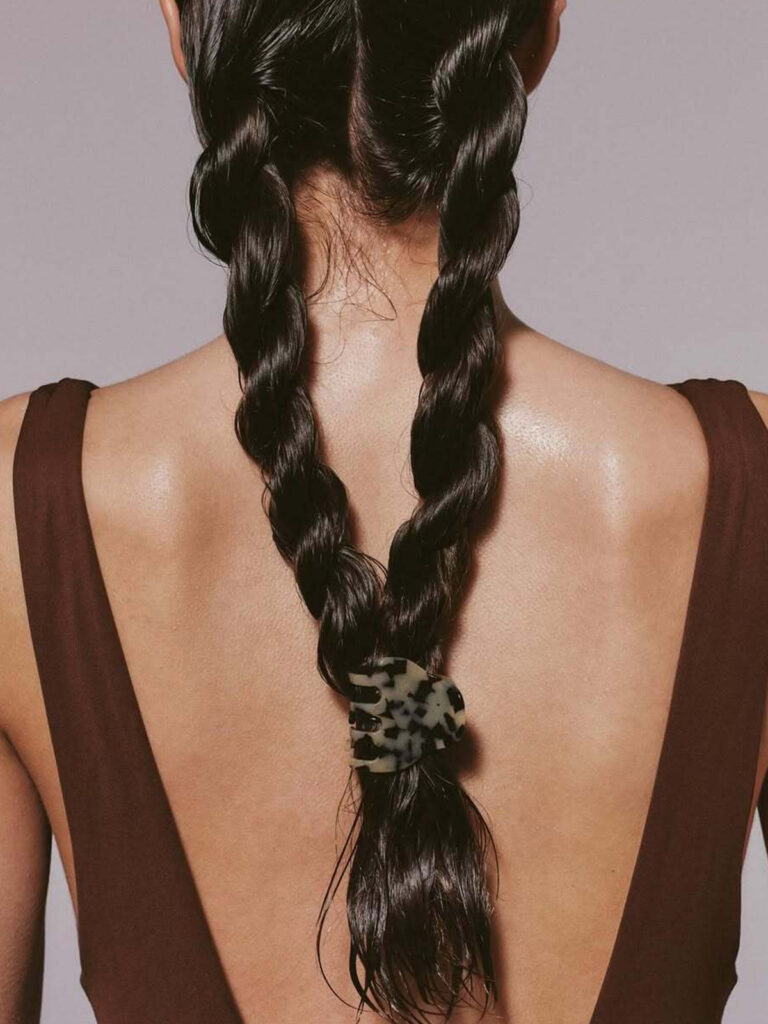
Photo: Vernon François
Beauty Pros
Vernon François on the Power of Embracing Your Natural Hair
The visionary hairstylist behind Lupita Nyong’o, Solange Knowles, Serena Williams, and Willow Smith is reshaping beauty norms by celebrating every hair texture. We spoke with Vernon François about his path to success, the representation of Black beauty, and the red carpet moments that defined his career.
Text Seda Yılmaz
Few names in beauty embody inclusivity as completely as Vernon François. While he acknowledges the strides the industry has made in representing Black beauty, he remains clear-eyed about the gap between visibility and true equity, and he doesn’t shy away from saying so.
François’s story is one of early talent and relentless passion. He began styling hair at just fourteen in a salon on London’s Oxford Street, and by sixteen, he had already taken home his first award. Since then, François has built a name around textured hair and transformative styling, many of which, like his work with Lupita Nyong’o, have become cultural landmarks on the red carpet.
Here, in his lyrical and thoughtful words, François shares why hair matters, what drives him, and how beauty begins with embracing your roots, exactly as they are.
You’ve had an interest in hair from a young age. What’s your earliest memory of hair?
I remember sitting on the floor in our living room in North England (Leeds), getting my hair done and it was always a painful experience. That frustration turned into fascination. I didn’t have the language for it then, but I knew there was something beautiful and sacred about hair. It was never just about looks—it was identity, freedom, expression, rebellion, pride, safety. All in a single strand.
You won Newcomer of the Year at the Black Hair Sensationnel Awards in London when you were just 17. How did that recognition impact your journey in the beauty industry?
That was wild. I didn’t even own proper clippers back then. I used to sharpen my blades on the back of a matchbox! Winning that award was like being given a passport into possibility. It wasn’t just a trophy; it was proof that someone saw me. And that small moment of being seen gave me the courage to make bigger moves—even if the world didn’t always open its arms back.
You’ve spoken about being mistaken for a food delivery person on set. I imagine it’s been challenging to work your way up in such an environment. Can you tell us about those moments, how you navigated them, and whether there was a breakthrough point for you?
Oh, the number of times I’ve been asked, “Who are you here to drop off for?”—while standing with a full glam kit or a client in my chair. It was humbling… and infuriating. But I didn’t let those moments define me. I let them inform me. My breakthrough didn’t come all at once. It came in whispers—clients who passed my name on, brands who gave me a shot, and my own refusal to shrink in rooms where I didn’t feel welcome. My dignity didn’t need their validation.
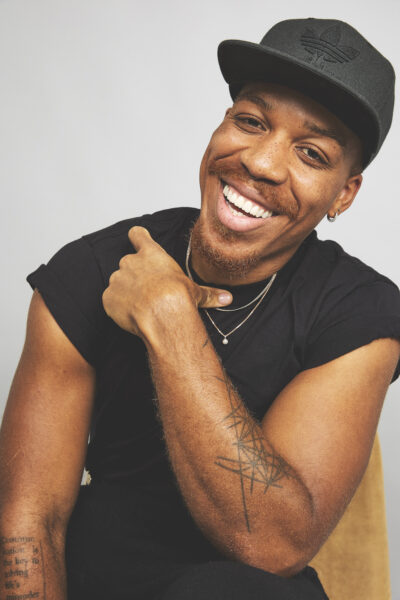
It’s no secret that Black beauty was underrepresented for a long time. Do you think it’s getting the attention it deserves now?
We’ve made progress, yes. But attention and equity are not the same thing. I don’t just want the industry to look at Black beauty—I want it to learn from it, invest in it, respect it. Representation without infrastructure is decoration. What we need is deep-rooted change that makes space permanent, not performative.
You’re an advocate for Afro and curly hair. Has the conversation around texture inclusivity evolved in the way you hoped it would?
It’s evolving—but slowly. The fact that “texture inclusivity” is still a phrase we have to define says it all. I want to live in a world where knowing how to work with all hair patterns is the norm, not a specialty. We’re not there yet, but conversations are happening. People are listening. And I’ll keep making noise until the curriculum, the catwalks, and the clients all feel the shift.
You often emphasize the beauty of working with natural texture. Do you have a favorite texture to work with, or is that impossible to choose?
That’s like asking a parent to pick their favorite child. I love all patterns, but there is something magnetic about a tight coil—how it defies gravity, how it shapes identity, how it tells stories. It’s not just hair—it’s history. And I get to sculpt with that. That’s an honor.
You’re the Global Brand Ambassador for Olaplex and a Pro Team Member for Ulta Beauty. What drew you to these partnerships, and what do you think luxury haircare should really deliver?
These partnerships were born out of shared values. Olaplex isn’t just about products—it’s about protecting the integrity of hair, and for curly and coily patterns, that’s vital. Ulta gave me space to speak and teach from experience, not a playbook. For me, luxury haircare should mean inclusivity, efficacy, and intention. It’s not about price—it’s about care.
Your work with Lupita Nyong’o has become iconic in how it weaves together culture, fashion, and identity. How much of the creative process is collaborative, and how much is instinctive?
It’s a dance—instinct and collaboration. With Lupita, we don’t just “do hair.” We build a narrative. We ask: What do we want to say without saying a word? We don’t plan for it to become a cultural statement, but what I’ve learned is that, our collaboration is reminding people that elegance isn’t just defined by length or legacy—it’s defined by presence in all aspects of life, which you see Lupita embody in abundance.
You’ve worked with many celebrities. Is there a red carpet moment that stands out as particularly meaningful or unforgettable?
The 2016 Met Gala with Lupita stands out. That towering updo was a love letter to the past and the future. People called it “gravity-defying”—but for me, it was more expectation-defying. We made space for something different to be beautiful.
What’s one hair myth you wish we could leave behind for good?
That curly hair is “unprofessional.” Honestly, whose idea was that? It’s hair, not a job title. Professionalism is how you show up—not how your curls do.
You’ve worked across editorial, runway, red carpet, and education. What inspires you most creatively, and where do you usually find that inspiration?
Everywhere—train stations, overheard conversations, ancestral photos, children playing with their hair in the mirror. But truly, my greatest inspiration is silence. When I quiet the noise, creativity flows through me like water.
Who are your favorite Black hair icons, past or present, who continue to inspire you?
Cicely Tyson—always. Her braided crown in the ’70s wasn’t just a look; it was a revolution. Janet Jackson in Poetic Justice. Lauryn Hill. And of course, the aunties, mothers, and cousins who laid edges and lived with equal precision. They are the blueprint.
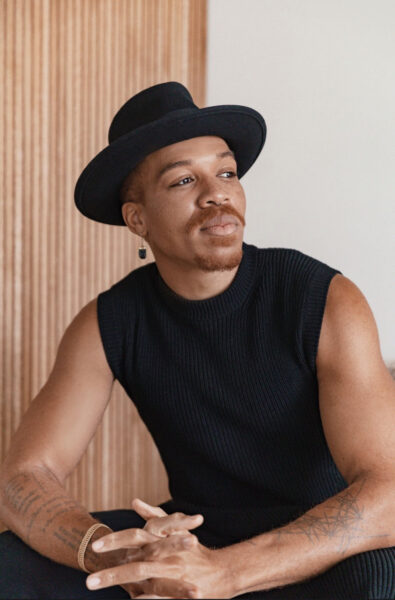
This year’s Met Gala theme was “Superfine: Tailoring Black Style” celebrating the legacy and influence of Black fashion. As someone who has long championed Black beauty and identity, what were your thoughts on how hair was represented on the red carpet? Were there any moments that particularly stood out to you?
It was affirming to see more texture, more pride, and less compromise. Still, I want to see bolder risks rooted in cultural reverence. For me, hair is architecture, not an accessory. The standouts were those who understood that—those who brought shape, memory, and narrative into the room. Those who didn’t just wear style—they honored it.
Many people struggle with frizz in humid weather. What’s your top tip for keeping hair defined and frizz-free, especially during summer?
Hydration is key—internally and externally. Mist the hair with water before applying product. Don’t overload with oils. And never underestimate the power of satin accessories and diffused drying. But hey, sometimes frizz is just your hair dancing in humidity—let her live a little.
For someone who doesn’t have hours to style their curls in the morning, what’s your go-to routine or styling shortcut?
A spritz bottle with alkaline water, a creamy leave-in, and a wide-tooth comb. Shake it, fluff it, go. The goal is not perfection—it’s presence.
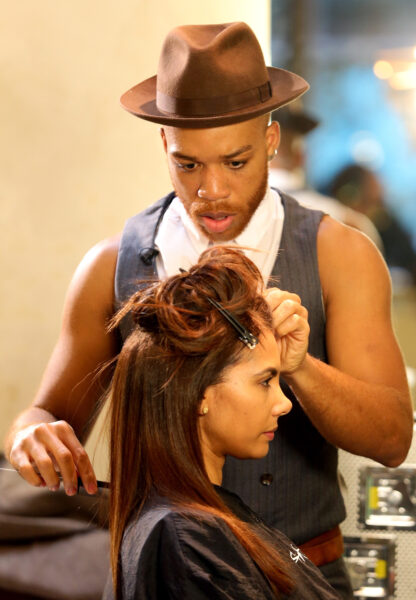
You believe strongly in the importance of feeling content with one’s hair. How do you help someone who doesn’t like their hair change that mindset?
I listen. Because often it’s not about the hair—it’s about the story behind it. Shame, comparison, bad memories. I hold space for those feelings. Then I show them what their hair can do, not what it “should.” Once they see the beauty in their pattern, the shift begins.
What’s the single most valuable piece of hair care advice you find yourself sharing?
Love your hair on the days it “doesn’t behave.” That’s when it’s telling you something. Listen, don’t punish. Hair has personality—get to know it.
What’s your favorite flaw?
My dyslexia. For years I saw it as a weakness. Now I know it’s my superpower. It’s the reason I see the world in shapes and rhythm. It gave me imagination without rules. That “flaw” has been my freedom.


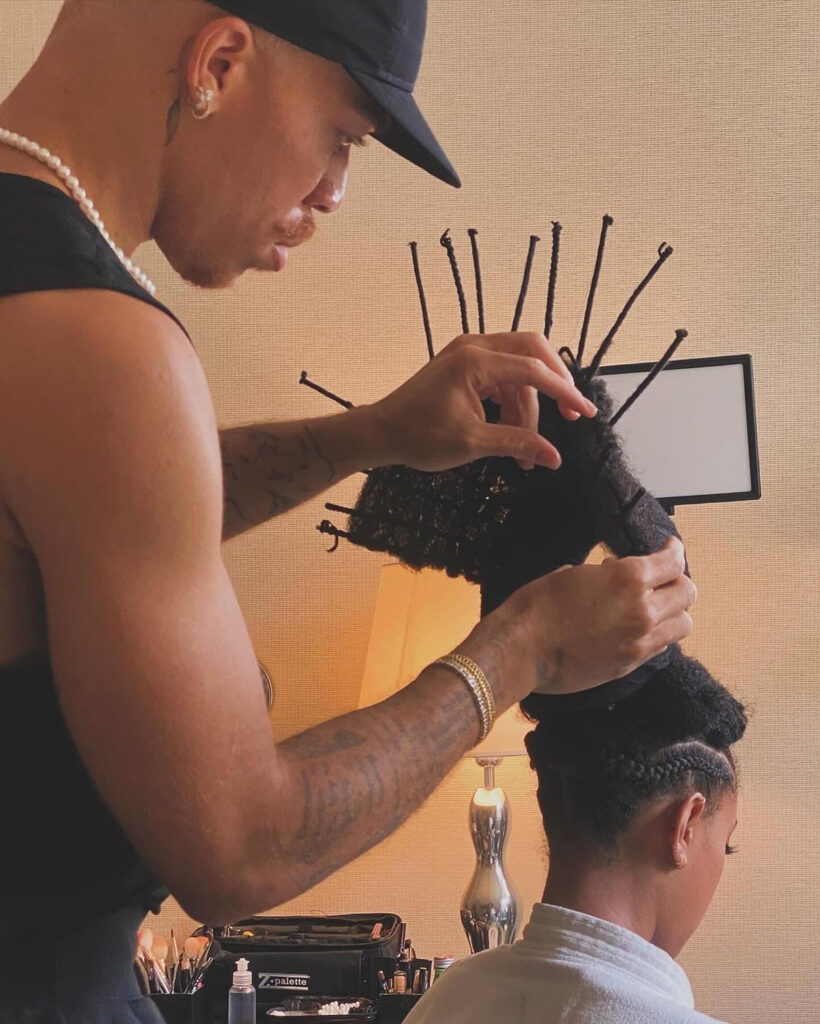
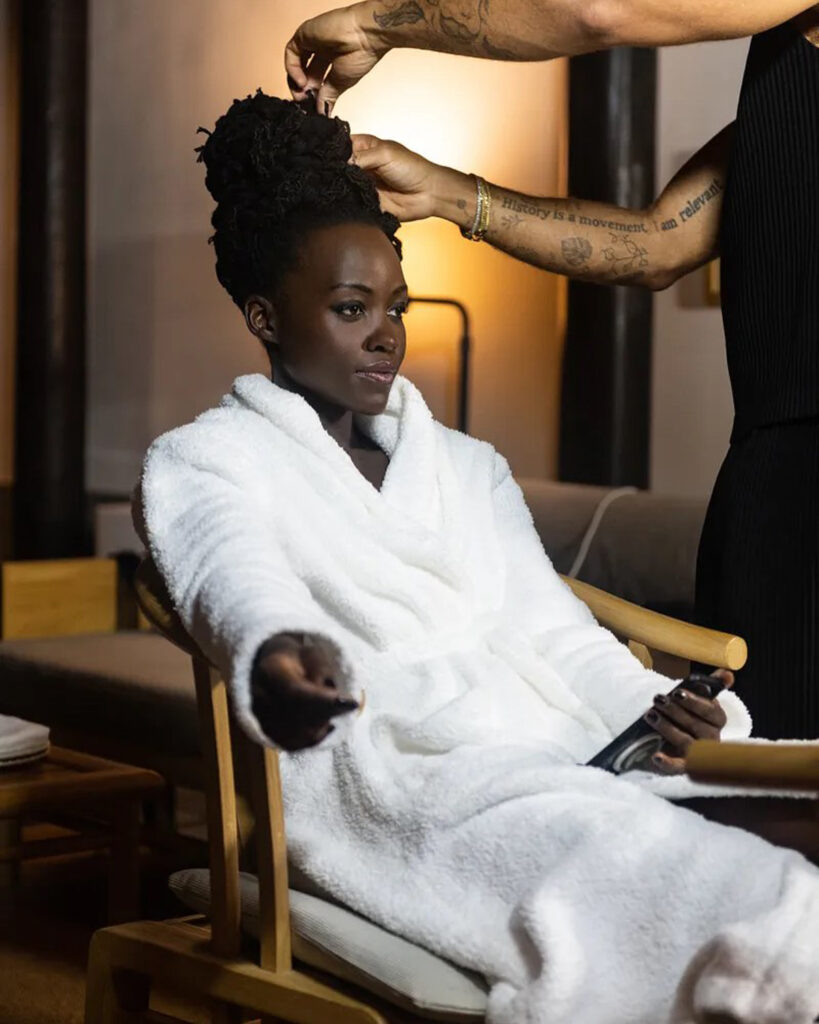
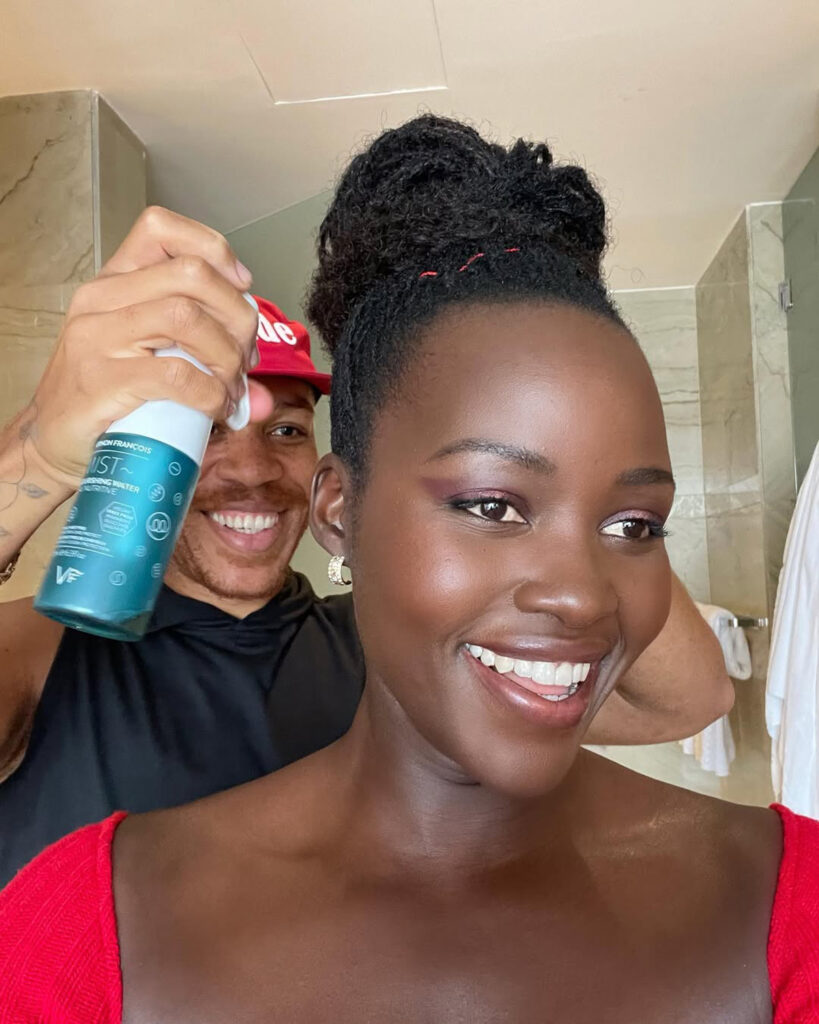
 Previous
Previous
